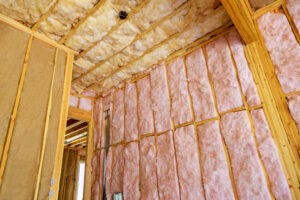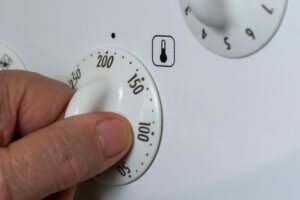Last updated on March 10th, 2024 at 03:29 pm
Finding and setting the optimal temperature may be a science in itself. You have to take into account the heat you use with your comfort level based on your activity.
For example is it necessary to have the heat turned way up at night while you’re asleep in your bed?
Do you need the heat turned off at any time?
You need to find the balance that suits you best.
I suggest playing with it some, but don’t make it too high or low.
In the winter set it no higher than 68 or 70 degrees Fahrenheit. This is of course only a guideline. If you have a personal preference to higher temperatures or live in a particularly nasty climate or perhaps have a medical condition, feel free to adjust accordingly.
If you have a cooling system such as central air, in the summer or warmer months set it no lower than 74 – 78 degrees.
Remember, little adjustments in temperature really do make a difference! For example, just lowering the temperature by one single degree has the potential to save you about 3% on your heating bill! And lowering the temperature from 70 to 64 for 8 hours a day in the winter can potentially save you around 10% on your heating bill!
If you get an adjustable thermostat, you can easily program this in for the hours you are at work. No one is home, so the thermostat doesn’t need to maintain a higher temperature.
And you’ll save a lot of money in the process.
If you go on vacations, make sure to take into account the fact that no one will be around. Don’t shut off the heat (in cold weather), but set it lower so heat isn’t wasted.
Finally, one last closing thought on optimal temperature:
Turning down the thermostat too low can actually make your furnace work harder and increase your costs since the house and furniture in it will need to be reheated as well as the air. Additionally, turning down the temperature too low may actually cause freezing in your pipes.



Greetings,
This is a question for the webmaster/admin here at http://www.utilitybillbusters.com.
Can I use part of the information from this post above if I provide a backlink back to your site?
Thanks,
Charlie